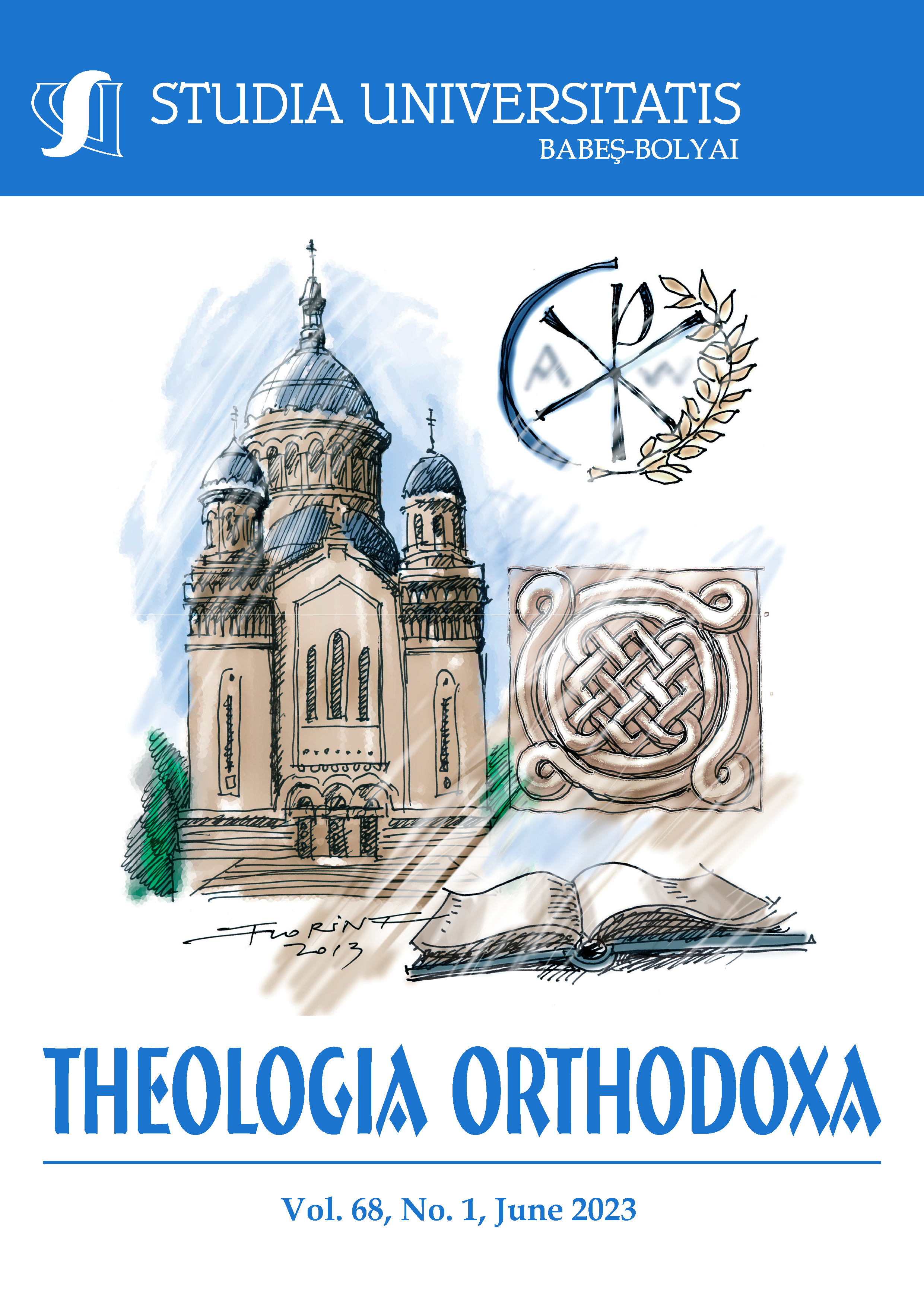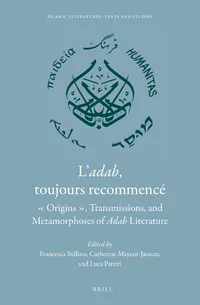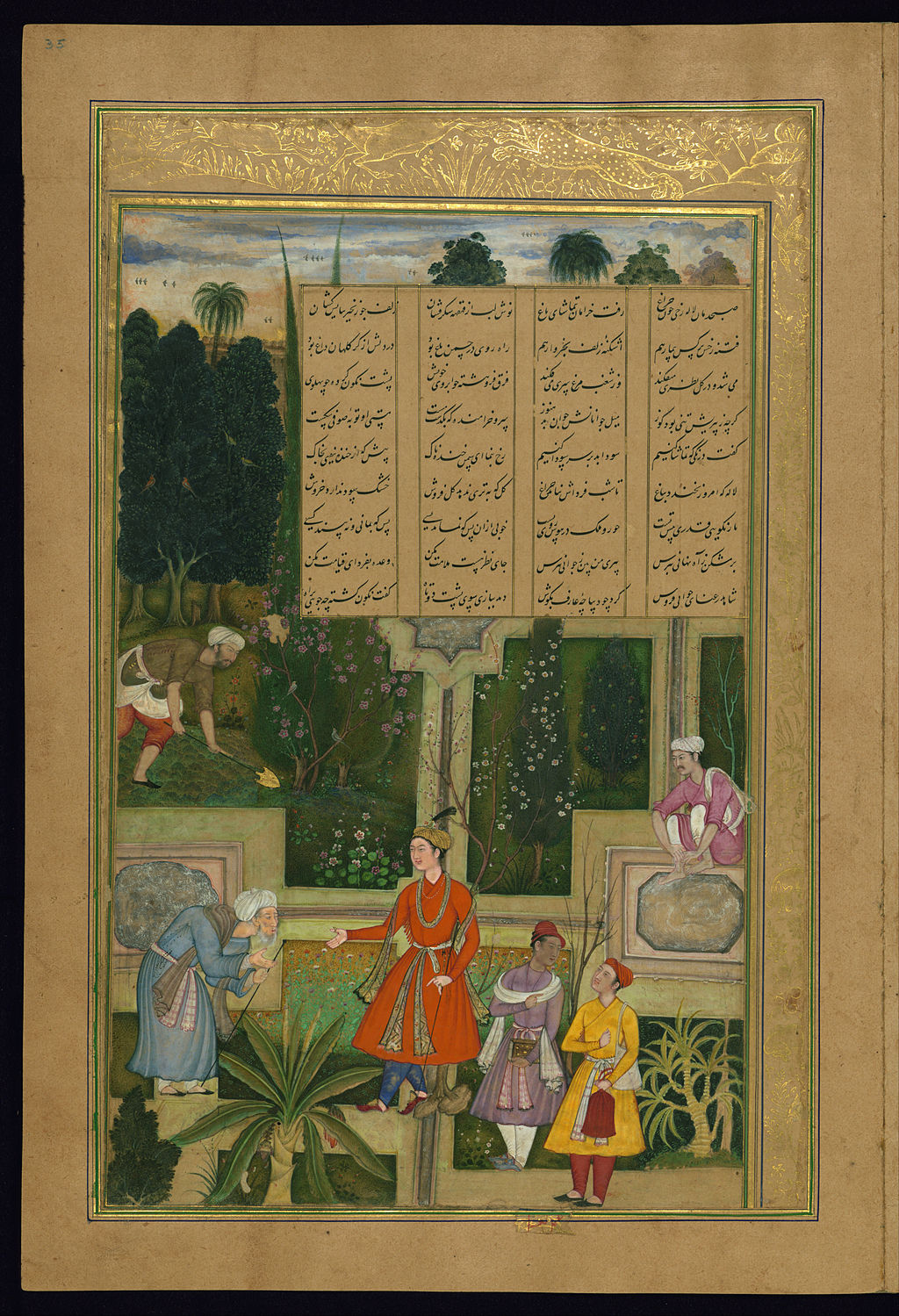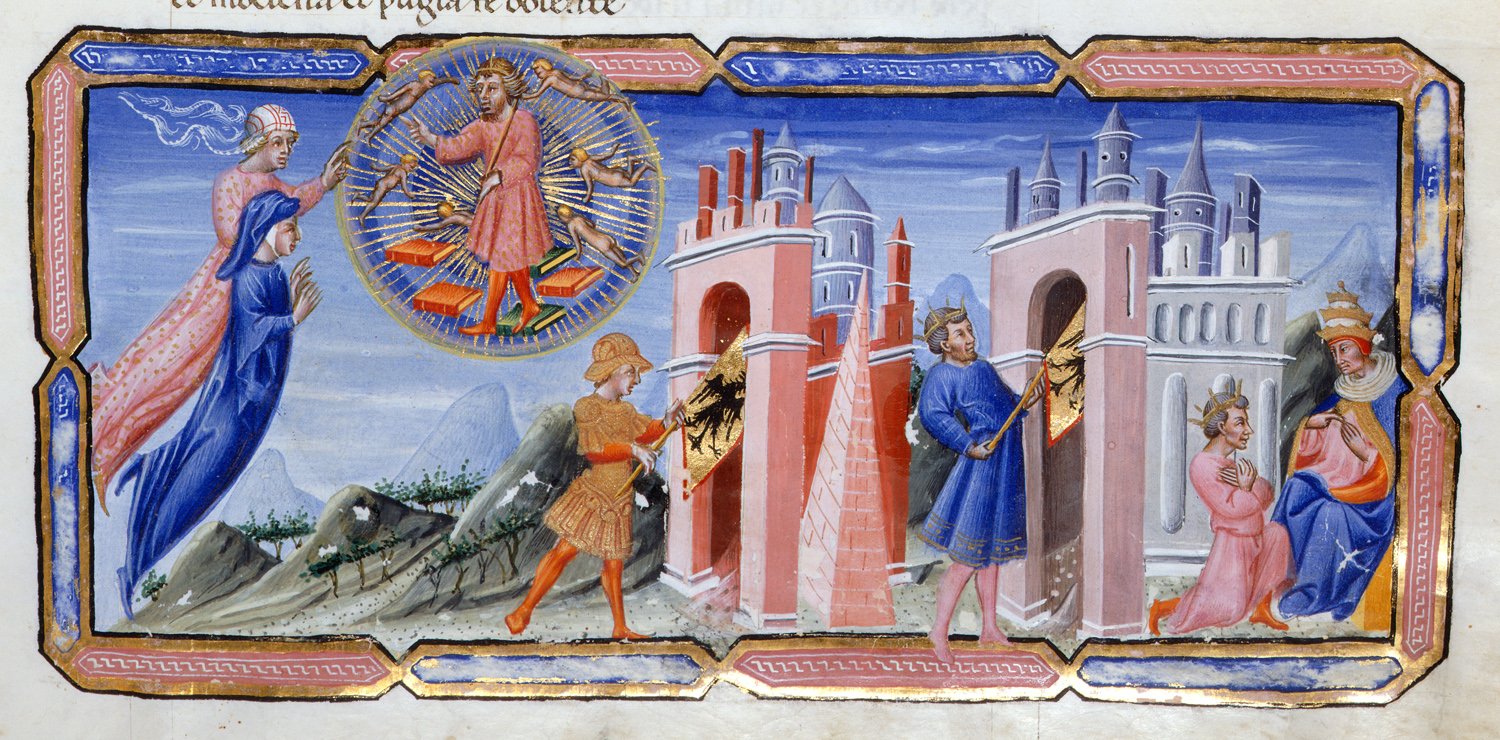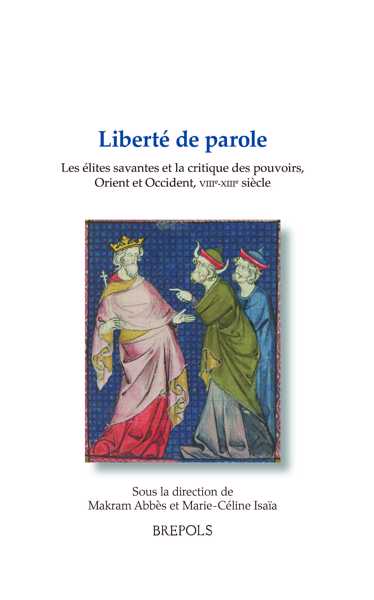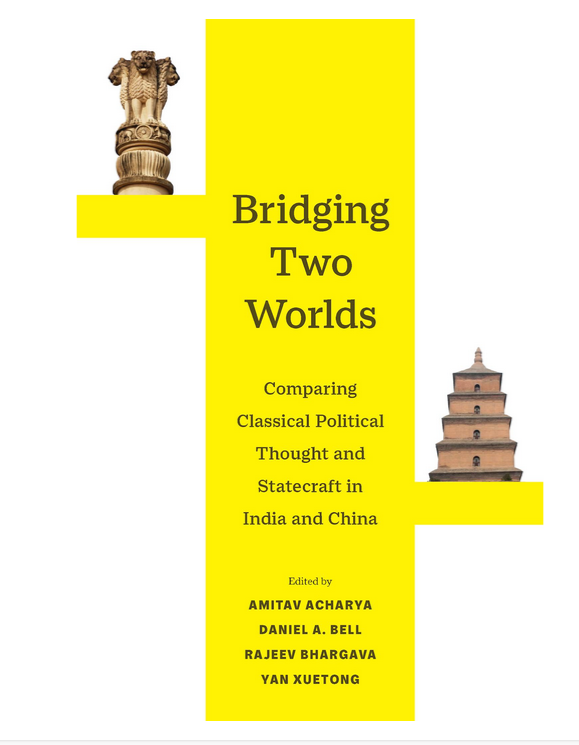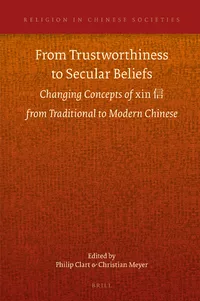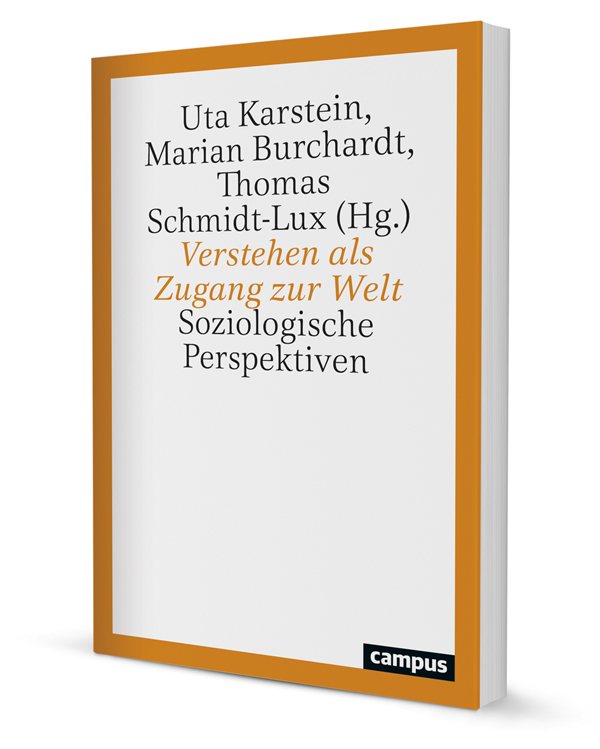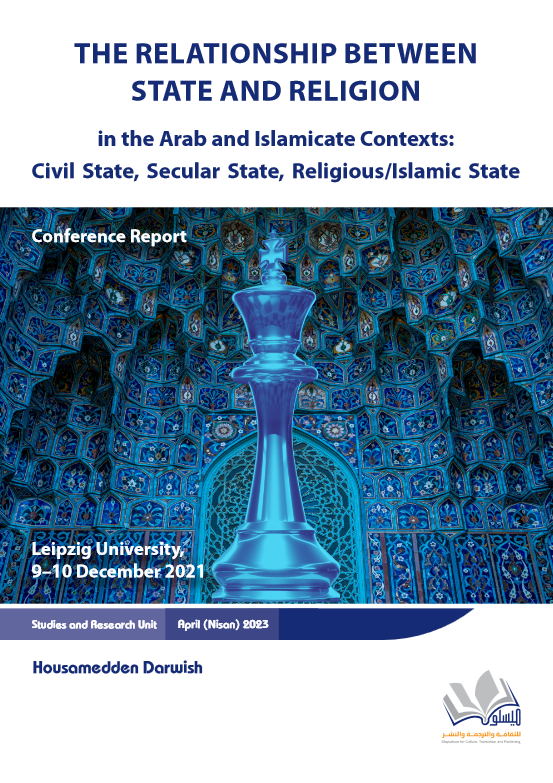
What do the terms or concepts “civil state,” “secular state,” and “religious/Islamic state” mean? How can we understand the existing or possible relationships between religion/Islam and the state or politics in the Arab-Islamicate contexts based on the aforementioned concepts and their relationship to the concept of democracy? These were the two main questions that the conference “The Relationship between State and Religion in Arab and Islamic Contexts: The Civil State, the Secular State, and the Religious/Islamic State” sought to address, exploring multiple possibilities and perspectives. These two questions, as well as other related questions, deal with two distinct and overlapping aspects of the actual and/or potential relationship between the state and/or politics and religion/Islam. They include both a descriptive aspect, that seeks to reveal “what is,” and a normative aspect that shows, from an ethical, political, and philosophical perspective, “what should be.”
The papers presented at the conference covered studies on the relationship of religion with the state in many Arab Islamic countries (Morocco, Egypt, Sudan, etc.), as well as reflections and theoretical discussion from various academic disciplines and different political perspectives in Arab and Islamic countries. These papers attempted to answer the following questions: What are the forms and implications of the relationship between state and religion in Arab-Islamicate contexts? How could/should we theoretically approach the concepts that express this relationship? What is the relationship between state and religion in intellectual and political Arab and Islamicate contexts? In what sense and to what extent can we talk about a state as civil, secular and/or religious/Islamic? Does secularism mean the separation of religion (or church) from state, politics, or sovereignty? Or does it mean the separation of religious and political authorities? What are the practical and conceptual differences between these definitions and meanings of secularism? Can the concept of “civil state” be a complementary, substitute, or alternative concept to those of “secular state” and “religious/Islamic state”? In what sense and to what extent can each of these states be democratic?
Housamedden Darwish. “Conference Report: The Relationship Between State and Religion in the Arab and Islamicate Contexts: Civil State, Secular State, Religious/Islamic State.” 9-10 December 2021, Leipzig University, 2023.



